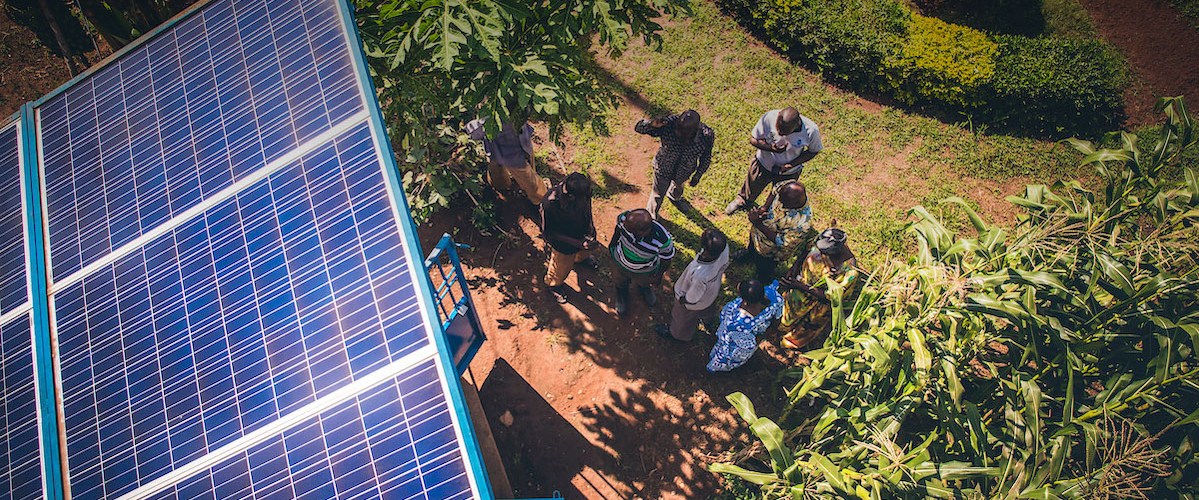For more than 10 years, Water Mission has been utilizing solar-powered water pumping to bring reliable safe water access to remote communities around the world.
Our experience and industry research have demonstrated that solar pumping solutions are both cost-effective and sustainable in the long term, offering technical and environmental advantages to communities.
But it can be challenging to get started. When solar-powered water systems fail, it’s primarily due to poor design and installation. This lack of technical expertise has been a barrier in adopting solar powered pumping solutions for many non-governmental organizations (NGOs).

To bridge this gap, Water Mission recently partnered with UNICEF to author the Solar Powered Water Systems Design and Installation Guide. This first-of-its-kind resource provides detailed instruction for fulfilling the internationally recognized technical standards for implementing solar powered water systems in rural contexts. The document has undergone extensive reviews by UNICEF, the Global Solar Water Initiative, IOM, Oxfam, Practica Foundation, and the University of Texas at Austin.
The guide draws on Water Mission’s 13 years of experience installing more than 1,400 solar-powered solutions, offering step-by-step information for every aspect of the design, installation, and commissioning process. It also addresses common issues such as inadequate water protection, vandalism and theft, premature equipment failure, groundwater depletion, and includes a special section on using solar-powered solutions in disaster response efforts.

This resource is now translated into three languages (English, Spanish, and French) and offered for free exclusively by the Global Water Center—a new organization created by Water Mission to bring water, sanitation, and hygiene (WASH) organizations together to end the global water crisis.
As part of its collaborative platform, the Global Water Center is helping safe water implementers share informational resources, like this guide, to support each other’s work in the field and accelerate their collective impact.

